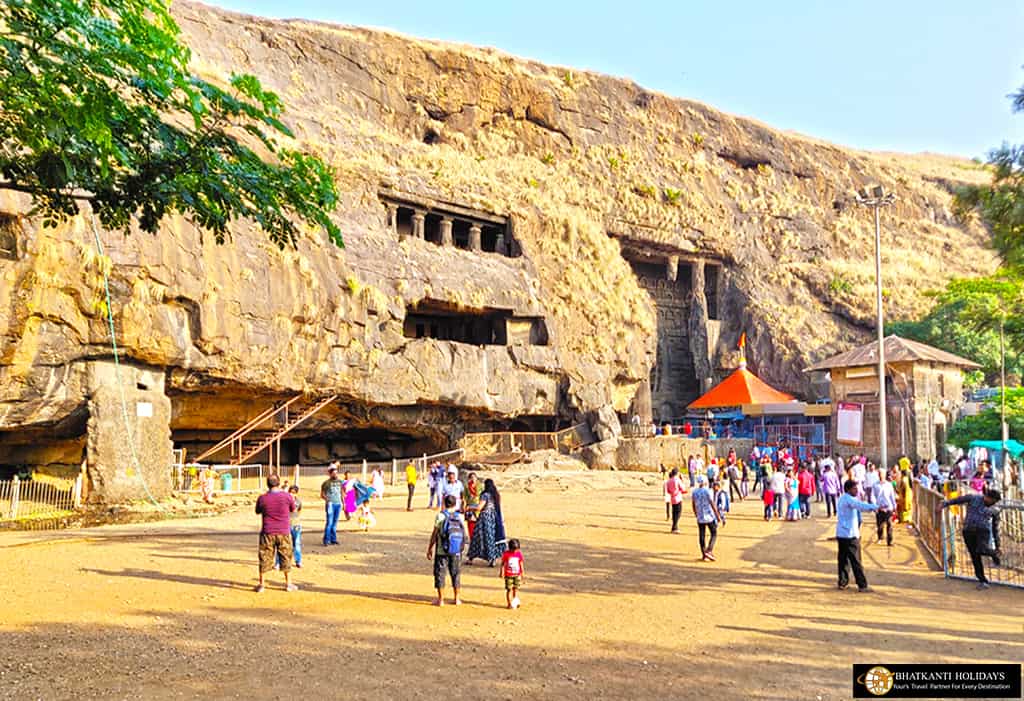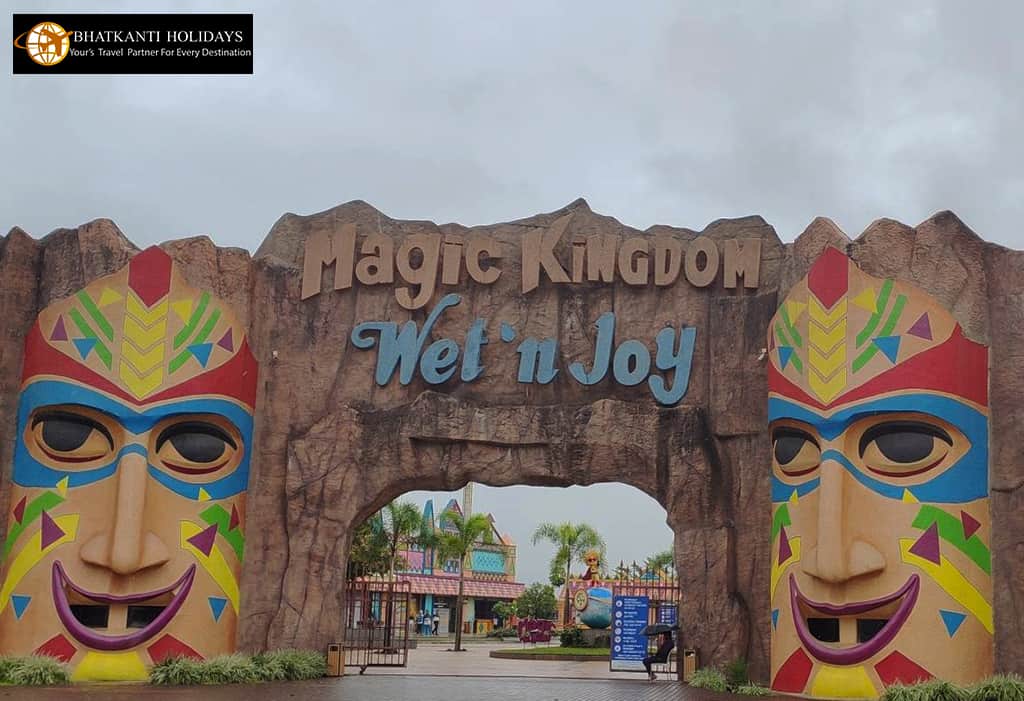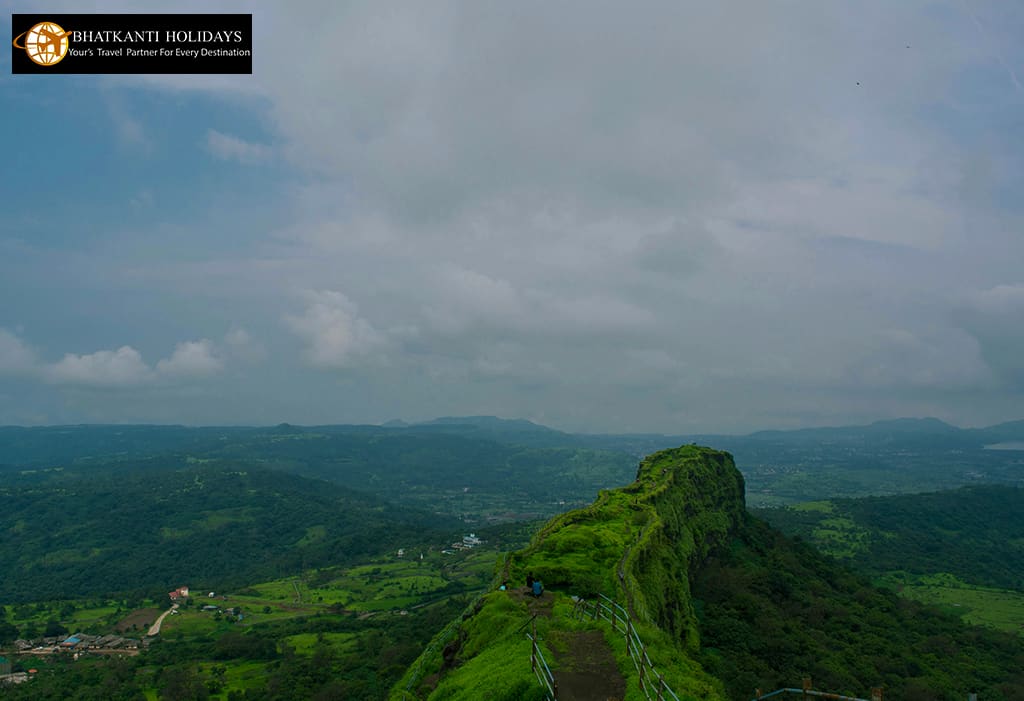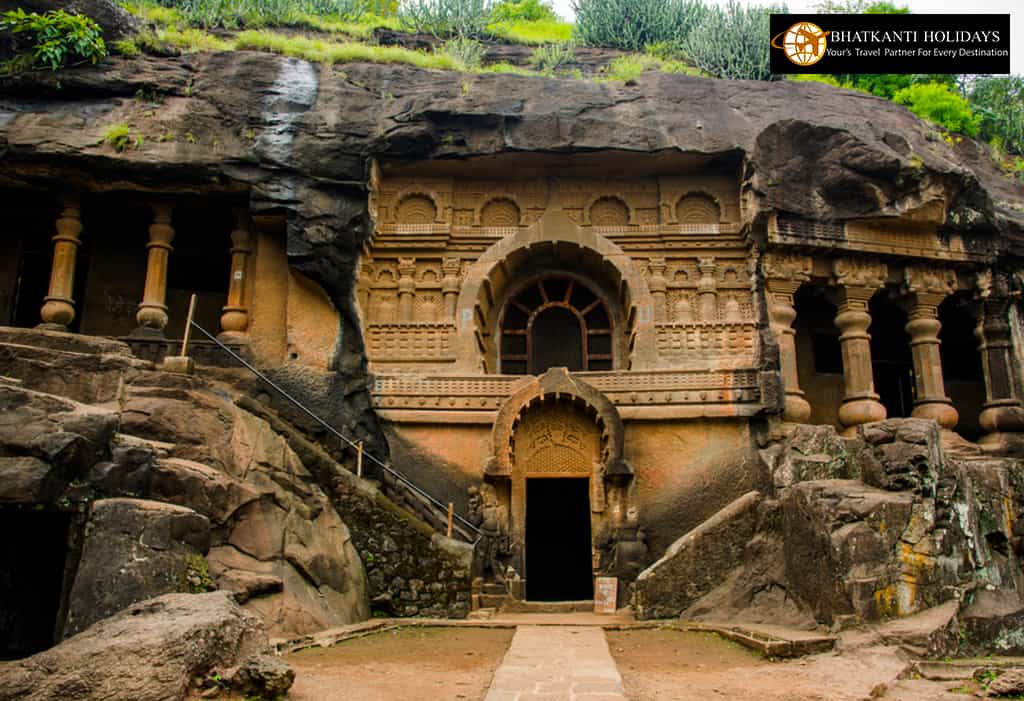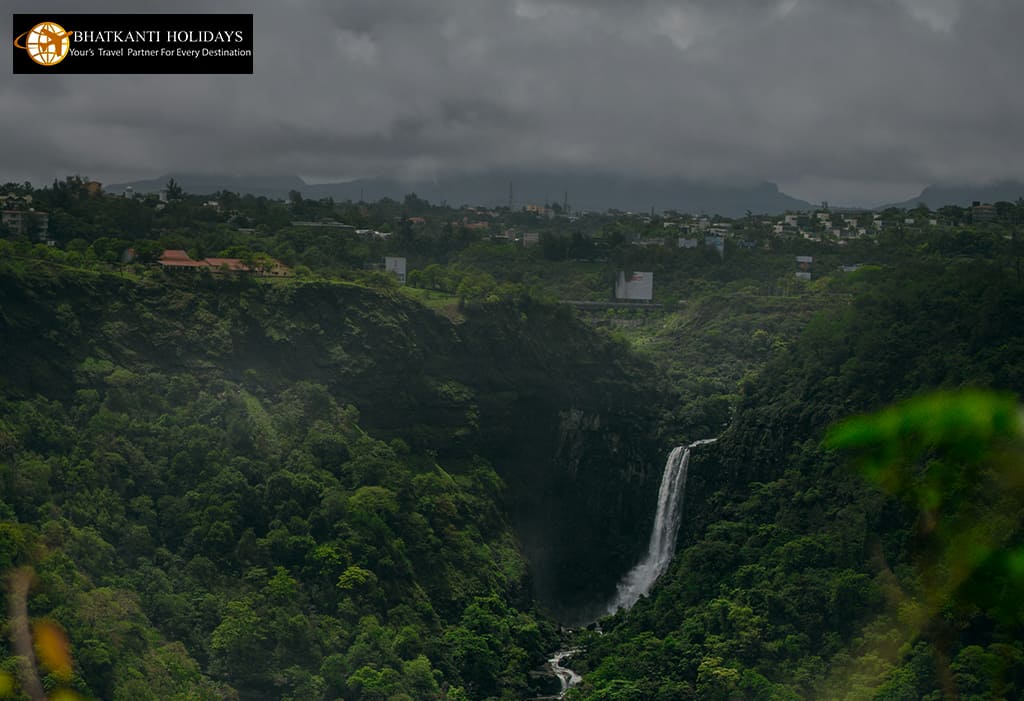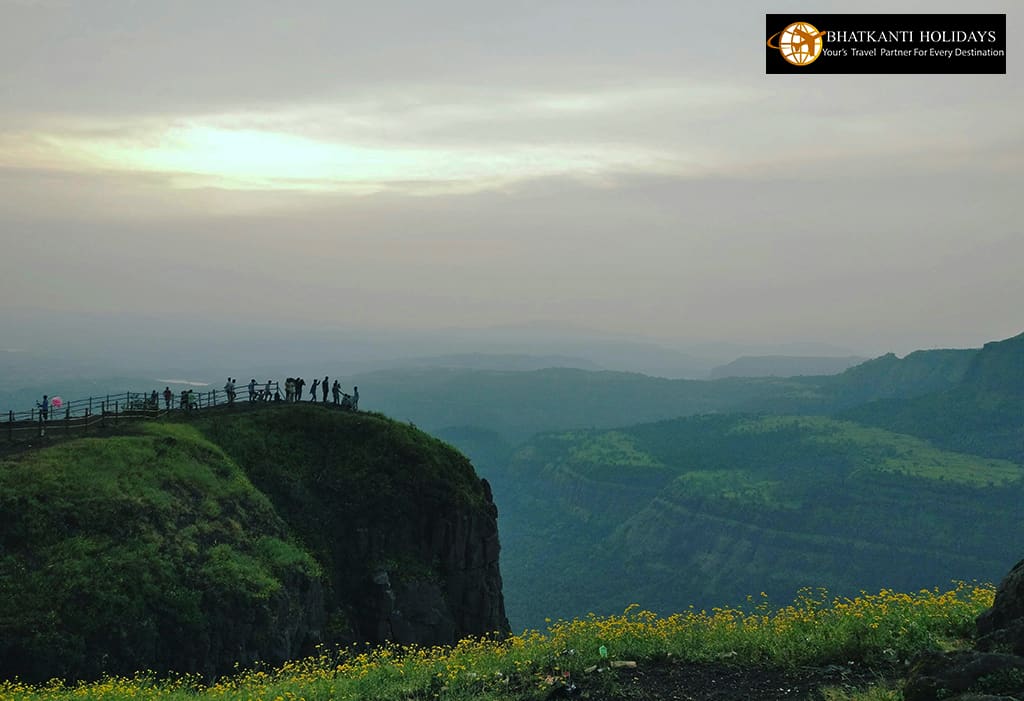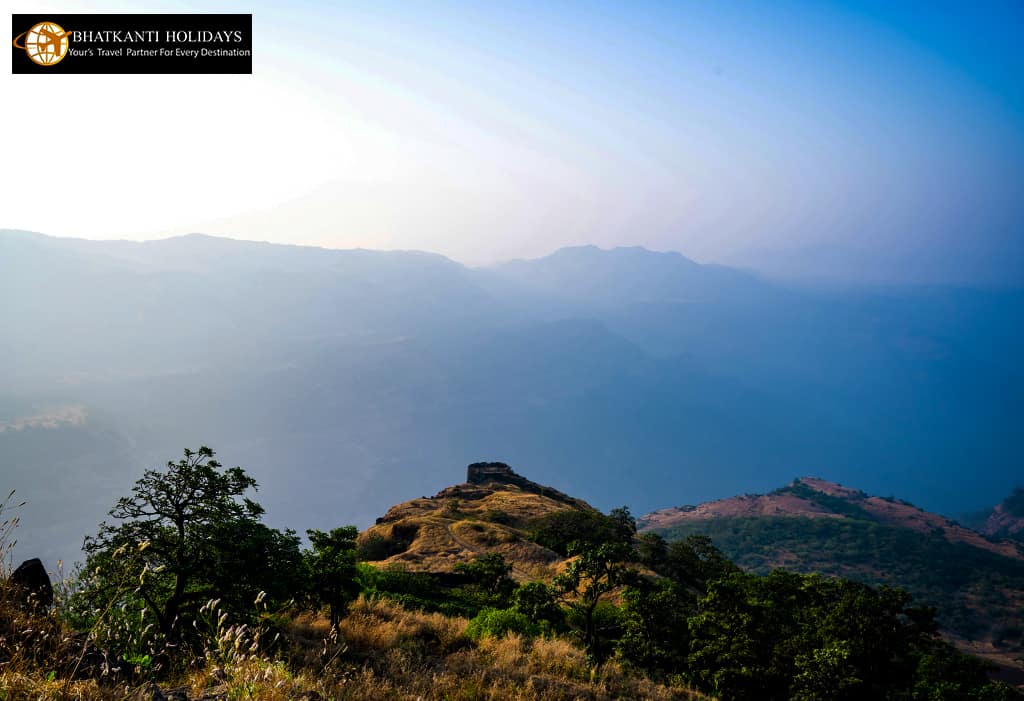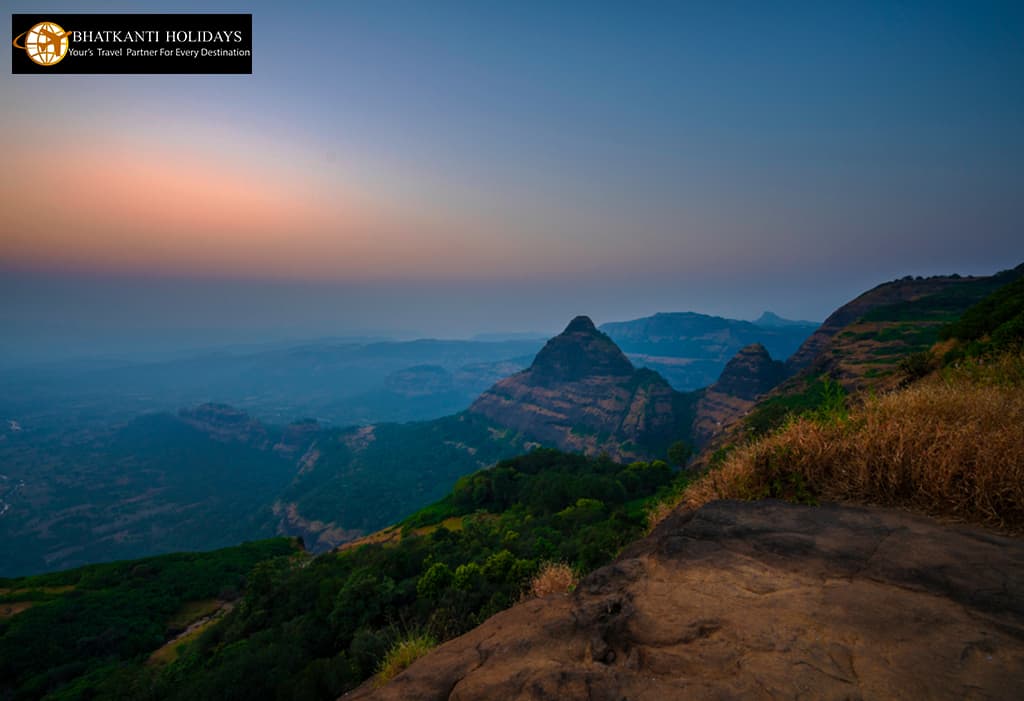- Home
- About
- Places
- Top 25 Best Places To Visit In India
- 1. AJANTA ELLORA CAVES
- 2. BAGA BEACH GOA
- 3. DARJEELING
- 4. GATEWAY OF INDIA
- 5. GOLDEN TEMPLE
- 6. GULMARG
- 7. HARIDWAR
- 8. HAVELOCK ISLAND
- 9. INDIA GATE
- 10. JAISALMER FORT
- 11. KANYAKUMARI
- 12. KEDARNATH TEMPLE
- 13. KEMPTY FALLS
- 14. KUFRI SHIMLA
- 15. MUNNAR KERALA
- 16. MYSORE PALACE
- 17. PANGONG LAKE
- 18. QUTUB MINAR
- 19. RANN OF KUTCH
- 20. SOLANG VALLEY
- 21. TAJ MAHAL
- 22. TIRUPATI BALAJI TEMPLE
- 23. TSOMGO LAKE SIKKIM
- 24. VAISHNO DEVI TEMPLE
- 25. WAGAH BORDER
- TOP 10 CAVES IN MAHARASHTRA
- Ashtavinayak Ganpati Temples in Maharashtra
- Top 12 Best Forts In Maharashtra
- Top 10 Religious Places In Maharashtra
- Top 5 Hill Stations in maharashtra
- Top 5 Konkan Places
- Top 5 Goa Places
- Top 25 Best Places To Visit In India
- Blog
- Kashmir Tourism
- Lakshadweep
- Top 10 best palces to visit in ujjain
- 12 Jyotirlinga in India
- 10 Amazing Places To Visit During Monsoon In India
- Dandeli, Karnataka
- Top 10 Best Hotels In Goa
- TOP 10 Places For Camping Near Mumbai
- Top 15 Best Waterfalls In Maharashtra
- Top 10 Best Places To Visit Near Mumbai In Monsoon
- Kaas Plateau “Kaas Pathar”
- Top 5 Beaches To Visit In Goa
- Best Travel Credit Cards
- Covid-19 Impact On The Tourism Industry
- Hotel Booking
- Contact
Karla Caves
Karla Caves INFORMATION
Karla Caves, situated near Lonavala in the state of Maharashtra, India, is a complex of ancient Buddhist rock-cut caves dating back to the 2nd century BCE. These caves are renowned for their magnificent architecture, particularly the ornate chaityas (prayer halls) and viharas (monastic cells), adorned with intricate carvings and sculptures. Karla Caves hold significant cultural and historical importance and are a popular tourist destination in the region.
Karla Caves HISTORY & Architecture
The history of Karla Caves traces back to the Hinayana phase of Buddhism, dating back to around the 2nd century BCE. Originally inhabited by Buddhist monks, these caves served as a prominent center for Buddhist learning, meditation, and worship. Over the centuries, the site witnessed the patronage of various dynasties, including the Satavahanas, Kshatrapas, and later the Rashtrakutas and Yadavas, each contributing to the development and embellishment of the cave complex. Karla Caves thrived as a religious and cultural hub until the decline of Buddhism in India, after which they fell into disuse and were eventually rediscovered and restored in the modern era.
The architecture of Karla Caves reflects the classical rock-cut style prevalent during ancient India. The complex comprises over 15 caves, the most notable of which is Cave 8, also known as the Great Chaitya. This chaitya hall, dating back to the 1st century CE, is one of the largest and most elaborate rock-cut chaityas in India. It features a grand horseshoe-shaped arch entrance adorned with intricate carvings of lions, elephants, and other mythical creatures. Inside, the hall is supported by massive pillars intricately carved with motifs of flowers, animals, and deities. The ceiling of the chaitya is embellished with a wooden replica of a wooden vaulted ceiling, a testament to the architectural ingenuity of ancient craftsmen.
Facts about Karla Caves
- The Great Chaitya of Karla is believed to be one of the oldest rock-cut chaityas in India, dating back to the 1st century CE.
- The caves are adorned with numerous sculptures and reliefs depicting scenes from Buddhist mythology, including the life of Buddha and Bodhisattvas.
- Karla Caves are famous for their ancient wooden architecture, particularly the intricately carved wooden ceiling of the chaitya hall.
- The caves are also known for their impressive water management system, including rock-cut cisterns and conduits for collecting and channeling rainwater.
Things to Do at Karla Caves
- Explore the intricate rock-cut architecture and sculptures within the caves.
- Marvel at the grandeur of the Great Chaitya and its elaborate carvings.
- Take in panoramic views of the surrounding hills and valleys from the cave complex.
- Learn about the history and significance of Buddhism in India through guided tours and informational sessions.
- Enjoy a picnic or nature walk amidst the scenic beauty of the Lonavala region surrounding Karla Caves.
Best time to visit Karla Caves
The best time to visit Karla Caves is during the winter months, from November to February, when the weather is cool and pleasant, making exploration comfortable.
It is advisable to avoid visiting during the monsoon season (June to September) due to heavy rainfall, which may make the pathways slippery and unsafe for tourists.
HOW TO REACH Karla Caves
BY AIR
Pune International Airport is around 62 km away from Karla Caves.
BY RAIL
Malavli Railway Station is the nearest railway station, which is about 5 kms from Karla Caves.
BY ROAD
Karla Caves are easily accessible by road from Lonavala City.
NEAREST PLACES TO VISIT Near Karla Caves
